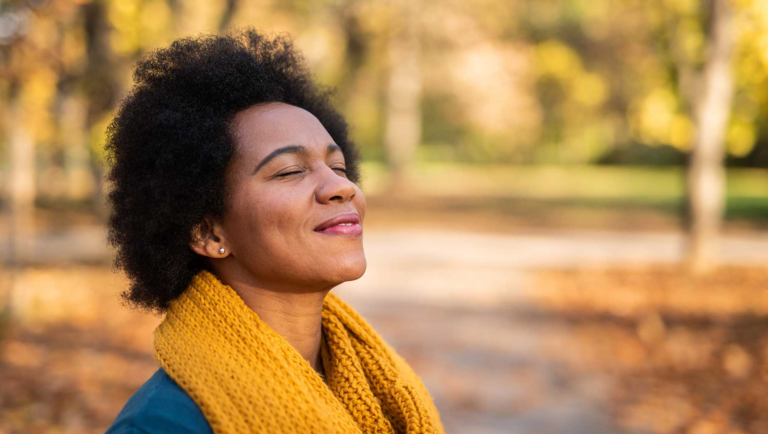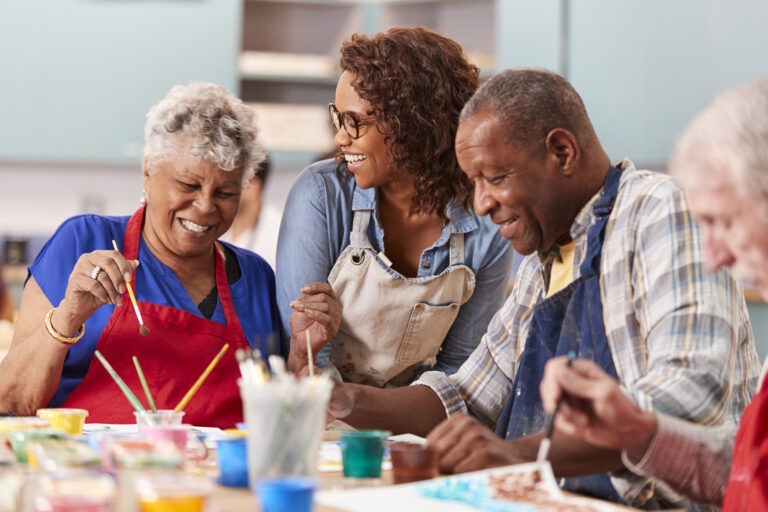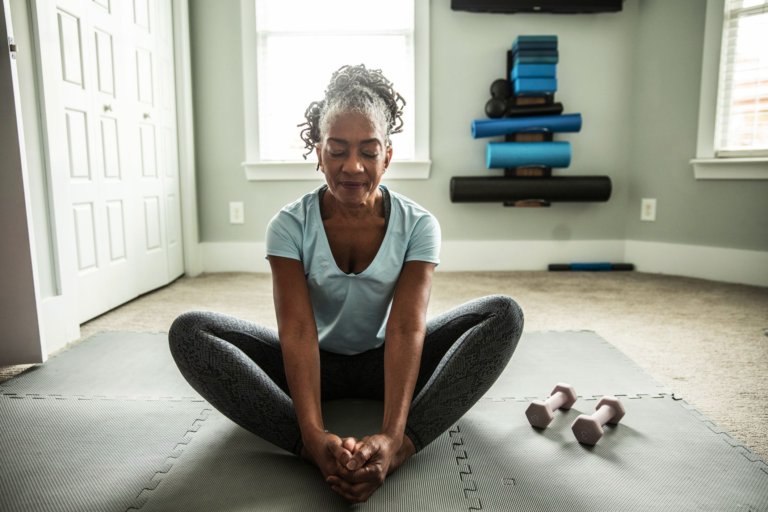The Benefits of Lifelong Learning: Ways You Can Stay Curious and Keep Learning at Any Age
In today’s world, learning is not just confined to the classroom. Nor is it a phase that fades after our school years. Learning is an exhilarating journey of discovery that can and should continue throughout our entire lives. At Sage Collective, we believe in the power of lifelong learning to nourish the mind, invigorate the spirit, and ultimately, facilitate a vibrant and high-quality living experience.
Embrace the Ever-Curious Mind
Being curious is about wanting to know more. It’s about asking questions and finding answers, about anything that interests you. This could be about the latest gadget or an old piece of history. Following your curiosity can lead to exciting discoveries and new knowledge. Remember, no matter how old you are, there’s always something new to learn.
The Benefits of Lifelong Learning
Throughout our programming, we’ve observed firsthand the transformative power of lifelong learning. It fosters a sense of purpose, promotes mental agility, and bolsters self-confidence. Lifelong learning can also help combat loneliness by providing opportunities to meet like-minded peers, thus forming enriching relationships. Moreover, being actively engaged in learning contributes to your overall wellbeing. Research suggests that stimulating your mind can help slow cognitive decline and improve memory function. It keeps the brain agile and the spirit youthful.
Ways to Keep Learning
So, how do you maintain a lifelong commitment to learning? The key is to integrate learning into your daily routine. Here are a few suggestions:
- Reading: Books, newspapers, magazines or even online articles can take you on a journey of discovery. Reading not only expands your knowledge, but also stimulates your imagination and enhances your understanding of the world.
- Online Courses: With advancements in technology, you can learn almost anything from the comfort of your home. Websites like Coursera or Khan Academy offer courses on a variety of subjects. There’s also TED Talks, which offers thought-provoking presentations on countless topics.
- Local Community Events: Many communities host educational workshops, lectures, and events. These gatherings provide a great opportunity to learn something new, meet people with similar interests, and actively engage in your community.
- Hobbies: Hobbies like painting, gardening or playing a musical instrument are not just enjoyable, but also educational. They can help develop new skills, stimulate creativity, and provide a sense of accomplishment.
- Travel: If circumstances allow, traveling can be a great way to learn. Experiencing new cultures, tasting different foods, and learning new languages can provide a firsthand education that’s impossible to get in any other way.
Remember, lifelong learning doesn’t mean becoming an expert in every subject. It’s about maintaining an open mind, staying curious, and enjoying the process of discovery. The joy lies in the journey, not just the destination.
At Sage Collective, we encourage and celebrate a culture of continuous learning, believing it to be an essential component of vibrant living. We strive to create opportunities for our residents to explore, grow, and flourish. By choosing to stay curious and keep learning, you are not just passing time; you are creating a meaningful, engaged future. Here’s to celebrating the sage in all of us!












